|
While most of these wonders will be known to a few
people, they are, on the whole, not as well known as the famous seven
wonders. Despite that, each has a reason for being considered wonderful
and deserves its spot on this list. Enjoy the list and be sure to share
other lesser-known wonders in the comments.
|
|
Banaue Rice Terraces
The Banaue Rice Terraces are 2000-year old terraces that were carved
into the mountains of Ifugao in the Philippines by ancestors of the
indigenous people. The Rice Terraces are commonly referred to by
Filipinos as the “Eighth Wonder of the World”. It is commonly thought
that the terraces were built with minimal equipment, largely by hand.
The terraces are located approximately 1500 meters (5000 ft) above sea
level and cover 10,360 square kilometers (about 4000 square miles) of
mountainside. They are fed by an ancient irrigation system from the
rainforests above the terraces. It is said that if the steps are put end
to end it would encircle half the globe. Locals to this day still plant
rice and vegetables on the terraces. The result is the gradual erosion
of the characteristic “steps”, which need constant reconstruction and
care.
|
|
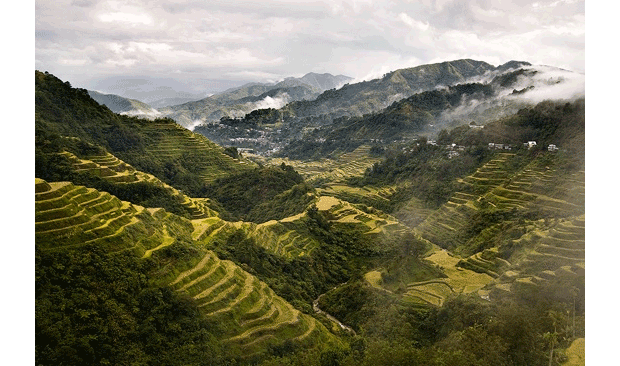 |
|
Sigiriya
Sigiriya (Lion’s rock) is an ancient rock fortress and palace ruin
situated in the central Matale District of Sri Lanka, surrounded by the
remains of an extensive network of gardens, reservoirs, and other
structures. A popular tourist destination, Sigiriya is also renowned for
its ancient paintings (frescos), which are reminiscent of the Ajanta
Caves of India. The Sigiriya was built during the reign of King Kassapa
I (AD 477 – 495), and it is one of the seven World Heritage Sites of Sri
Lanka. Sigiriya may have been inhabited through prehistoric times. It
was used as a rock-shelter mountain monastery from about the 5th century
BC, with caves prepared and donated by devotees to the Buddhist Sangha.
|
|
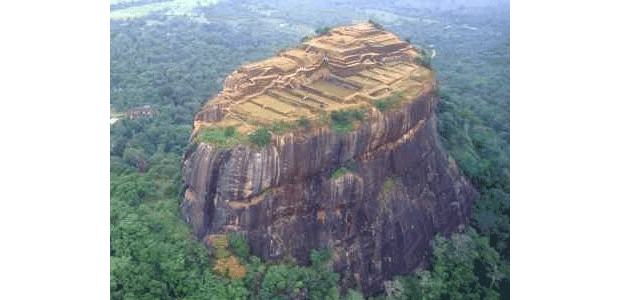
|
|
Tower of Hercules
The Tower of Hercules is an ancient Roman lighthouse on a peninsula
about 2.4 kilometers (1.5 miles) from the centre of A Coruña, Galicia,
in north-western Spain. The name Corunna is said to be derived from the
ancient column. The structure is 55 meters (180 ft) tall and overlooks
the North Atlantic coast of Spain. It is almost 1900 years old, was
rehabilitated in 1791, and is the oldest Roman lighthouse still used as
a lighthouse.
|
|
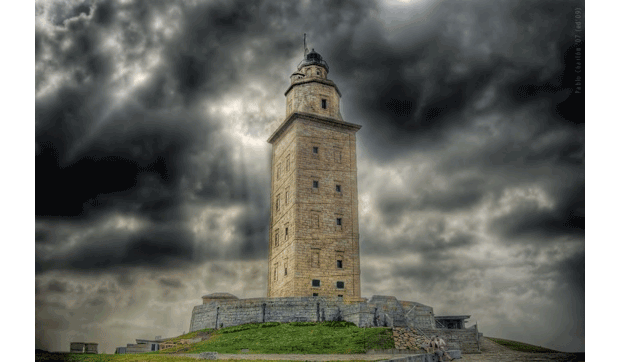
|
|
Torun
Torun is a city in northern Poland, on the Vistula River. The medieval
old town of Toruń is the birthplace of Nicolaus Copernicus. The first
settlement in the vicinity is dated by archaeologists to 1100 BC. During
medieval times, in the 7th-13th centuries, it was the location of an old
Polish settlement, at a ford in the river. The Teutonic Knights built a
castle in the vicinity of the Polish settlement in the years 1230-31. In
1263 Franciscan monks settled in the city, followed in 1239 by
Dominicans. In 1264 the nearby New Town was founded. In 1280, the city
(or as it was then, both cities) joined the mercantile Hanseatic League
and was soon turned into an important medieval trade centre. As you can
see from the photograph above, it is a beautiful medieval city and well
worth visiting.
|
|

|
|
Ajanta Caves
The Ajanta Caves in Maharashtra, India are rock-cut cave monuments
dating from the second century BC, containing paintings and sculpture
considered to be masterpieces of both Buddhist religious art and
universal pictorial art. By AD 480 the caves at Ajanta were abandoned.
During the next 1300 years the jungle grew back and the caves were
hidden, unvisited and undisturbed until the Spring of 1819 when a
British officer in the Madras army entered the steep gorge on the trail
of a tiger. Somehow, deep within the tangled undergrowth, he came across
the almost hidden entrance to one of the caves. Exploring that first
cave, long since a home to nothing more than birds and bats and a lair
for other, larger, animals, Captain Smith wrote his name in pencil on
one of the walls. Still faintly visible, it records his name and the
date, April 1819.
|
|

|
|
Valley of Flowers
The Valley of Flowers is an outstandingly beautiful high-altitude
Himalayan valley that has been acknowledged as such by renowned
mountaineers and botanists in literature for over a century and in Hindu
mythology for much longer. Its ‘gentle’ landscape, breathtakingly
beautiful meadows of alpine flowers and ease of access complement the
rugged, mountain wilderness for which the inner basin of Nanda Devi
National Park is renowned. Valley of flower is splashed with colour as
it bloomed with hundreds different beautiful flowers, taking on various
shades of colours as time progressed. Valley was declared a national
park in 1982, and now it is a World Heritage Site. The locals, of
course, always knew of the existence of the valley, and believed that it
was inhabited by fairies.
|
|
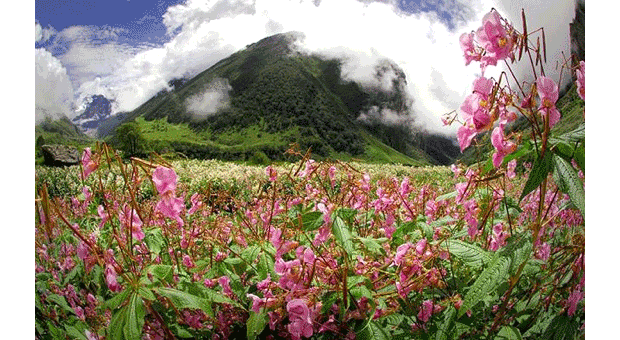 |
|
Metéora
The Metéora (“suspended rocks”) is one of the largest and most important
complexes of Eastern Orthodox monasteries in Greece, second only to
Mount Athos. The six monasteries are built on natural sandstone rock
pillars, at the northwestern edge of the Plain of Thessaly near the
Pineios river and Pindus Mountains, in central Greece. Access to the
monasteries was originally (and deliberately) difficult, requiring
either long ladders lashed together or large nets used to haul up both
goods and people. This required quite a leap of faith – the ropes were
replaced, so the story goes, only “when the Lord let them break”.
|
|
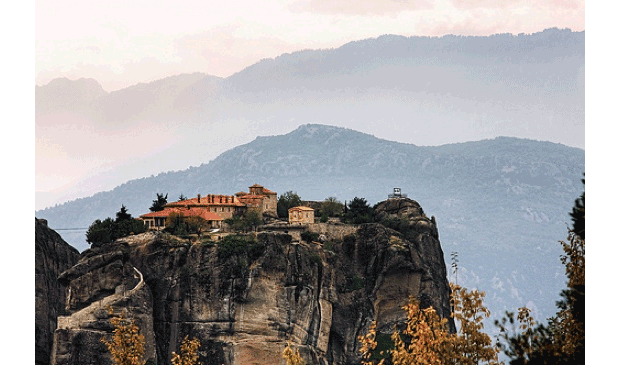 |
|
|
|
Bagan
Bagan is an ancient city in the Mandalay Division of Burma. Formally
titled Arimaddanapura or Arimaddana (the City of the Enemy Crusher) and
also known as Tambadipa (the Land of Copper) or Tassadessa (the Parched
Land), it was the ancient capital of several ancient kingdoms in Burma.
Bagan was submitted to become a UNESCO heritage site[1] but many
speculate of politics as partly the reason for the exclusion. UNESCO
does not designate Bagan as a World Heritage Site. The main reason given
is that the military junta (SPDC) has haphazardly restored ancient
stupas, temples and buildings, ignoring original architectural styles
and using modern materials which bear little or no resemblance to the
original designs. Nevertheless, this is still a must-see wonder of the
world.
|
|
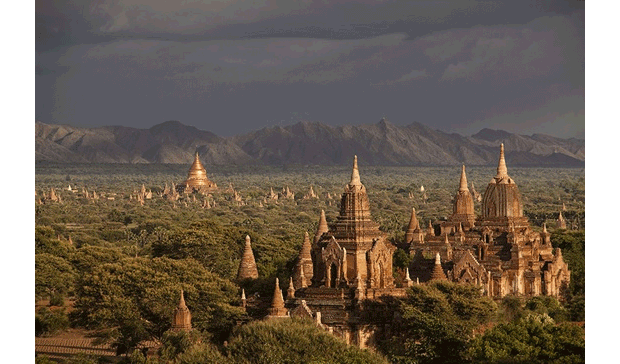 |
|
|
|
Leptis Magna
Leptis Magna was a prominent city of the Roman Empire. Its ruins are
located in Al Khums, Libya, 130 km east of Tripoli, on the coast where
the Wadi Lebda meets the sea. The site is one of the most spectacular
and unspoiled Roman ruins in the Mediterranean. The city appears to have
been founded by Phoenician colonists sometime around 1100 BC, although
it did not achieve prominence until Carthage became a major power in the
Mediterranean Sea in the 4th century BC. It nominally remained part of
Carthage’s dominions until the end of the Third Punic War in 146 BC and
then became part of the Roman Republic, although from about 200 BC
onward, it was for all intents and purposes an independent city.
|
|
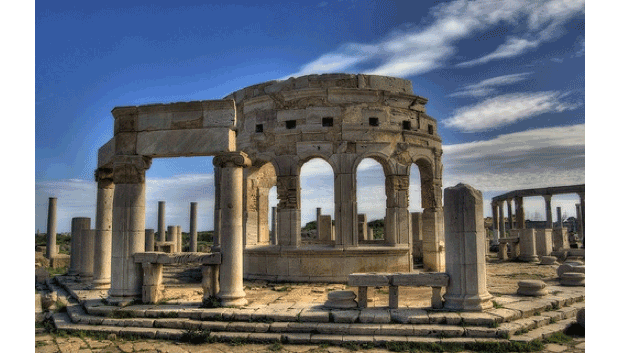 |
|
Library of Celsus
This is number one for strictly personal reasons. I love books, I love
libraries, and this site is dedicated to knowledge (as are libraries).
The library of Celsus (in Turkey) was built to store 12,000 scrolls and
to serve as a monumental tomb for Celsus (who had been consul in 92 AD,
governor of Asia in 115 AD, and a wealthy and popular local citizen).
The building is important as one of few remaining examples of an ancient
Roman-influenced library. It also shows that public libraries were built
not only in Rome itself but throughout the Roman Empire. In a massive
restoration which is considered to be very true to the historic
building, the front façade was rebuilt and now serves as a prime example
of Roman public architecture.
|
|
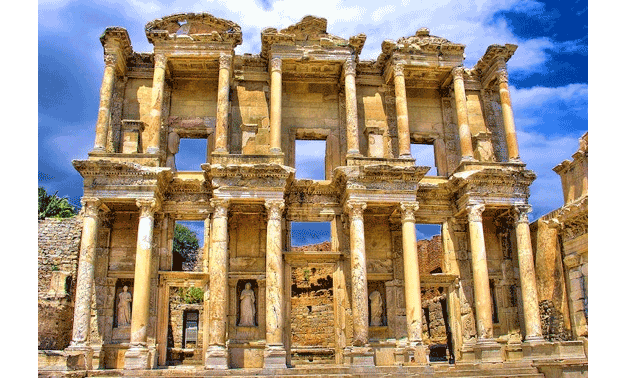 |